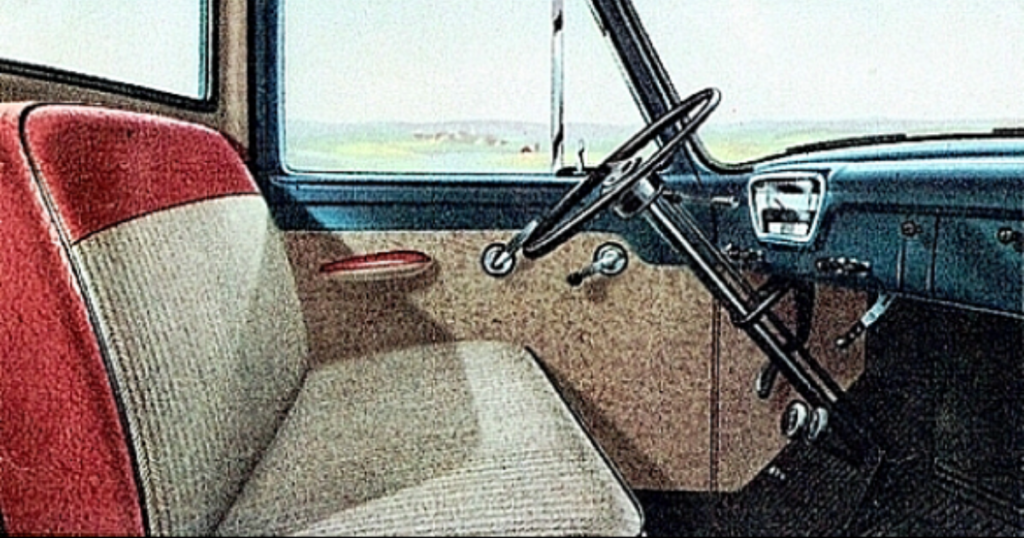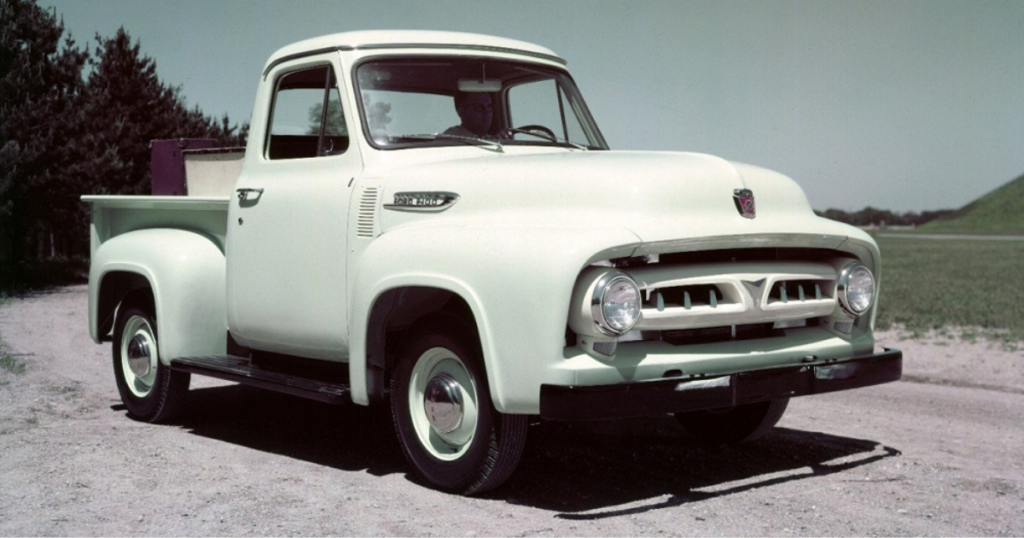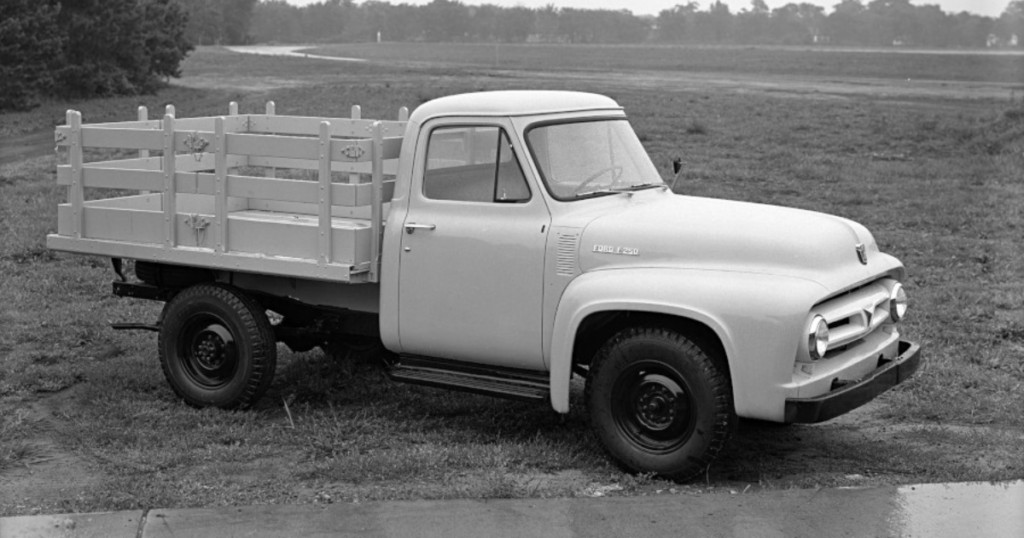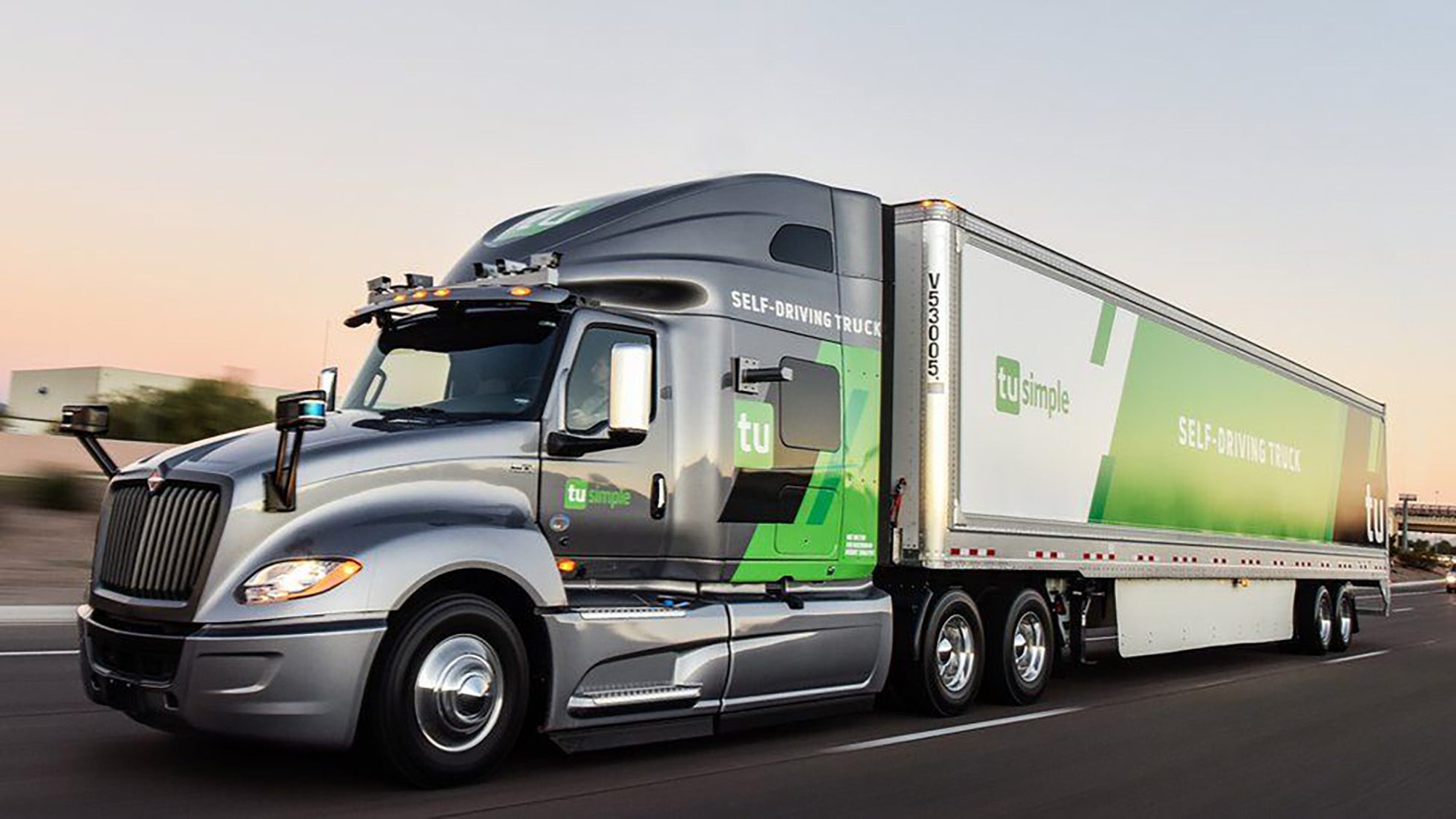
The 1953 Ford truck campaign employed humor to underscore a significant selling point of that era. In 1953, Ford’s major truck lines—the Ford F-Series conventional, the C-Series cab forward, and the T-Series tandem axle—all featured a revamped and modernized cab. This redesigned cab, as emphasized in the campaign, was engineered with a primary focus on driver comfort, a concept humorously coined as being “driverized.”

Historically, truck cabs were often an afterthought, with manufacturers prioritizing elements like reliability, powertrain options, and operational efficiency. The newly driverized Ford cab boasted increased glass area for enhanced visibility, a two-way adjustable seat (with optional additional foam padding at an extra cost) spacious enough to accommodate three passengers, and comprehensive weather sealing.

Described in brochures as “a truck driver’s dream come true,” these features may not sound luxurious by today’s standards. However, for the truck operators of that era, who spent extensive hours behind the wheel, the 1953 Ford campaign likely resonated as a harmonious melody.

The video below goes into more detail about the campaign’s details, highlighting how Ford’s creative cab design significantly improved truck drivers’ everyday life. It’s evidence of how the automotive industry’s objectives have changed over time, realizing the value of ergonomics and comfort for workers whose jobs required them to spend a lot of time on the road.




